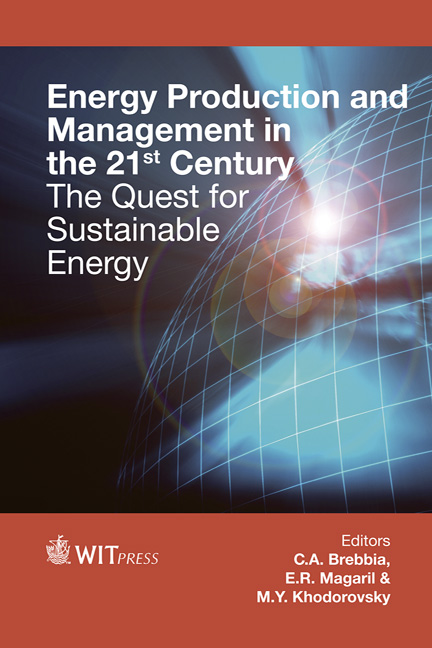Thе Granulating Process As An Effective Way To Increase Demand For High Calcium Fly Ash Of A Thermal Power Plant
Price
Free (open access)
Transaction
Volume
190
Pages
8
Page Range
1129 - 1136
Published
2014
Size
744 kb
Paper DOI
10.2495/EQ141052
Copyright
WIT Press
Author(s)
I. Domanskaya, F. Kapustin, V. Ufimtsev & V. Oleynik
Abstract
High calcium fly ash (HCFA), formed in the process of burning of brown coal and some types of combustible shale is the most ecologically dangerous among the solid waste of thermal power plants (TPP). The free calcium oxide (СаОfree) present in the HCFA complicates the work of the ash-handling system and increases the risk of allocation of alkaline effluent from the dumps. Disposal of a dry selection HCFA in the production of construction materials is problematic as hardening of the ash stone often results in extension. To reduce the environmental risks in the TPP and increase recycling of HCFA a preliminary its (HCFA) granulation is suggested instead of the traditional hydraulic ash removal system. The methods of HCFA granulation were investigated by using waste products of Kansk-Achinsk coal. Granular ashes, depending on the CaOfree content are suggested to use for the replacement of natural aggregates for concrete, to obtain cement clinker by means of high-speed firing of granules in a sintering machine as active mineral additives for mixed binding materials. Keywords: high calcium fly ash, free calcium oxide, granulation, granular ashes, aggregates, concrete, cement clinker.
Keywords
high calcium fly ash, free calcium oxide, granulation, granular ashes, aggregates, concrete, cement clinker.





